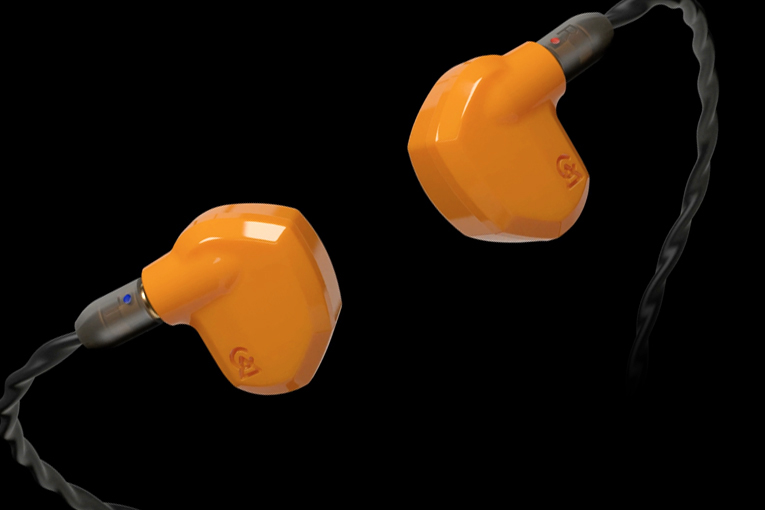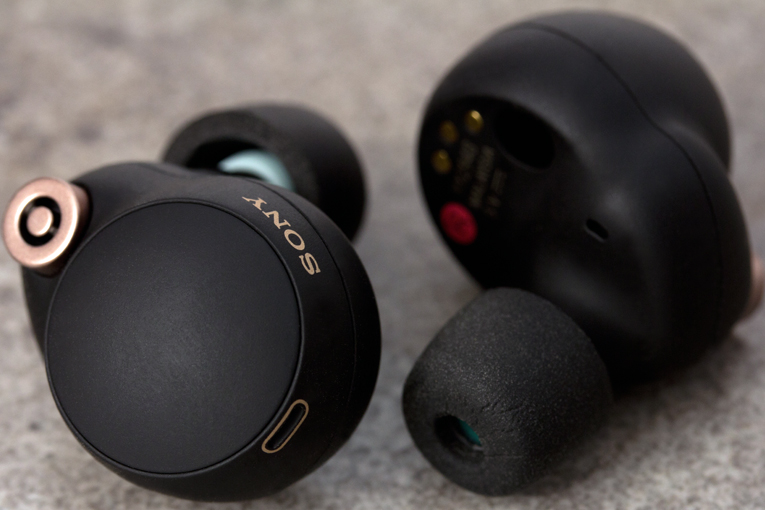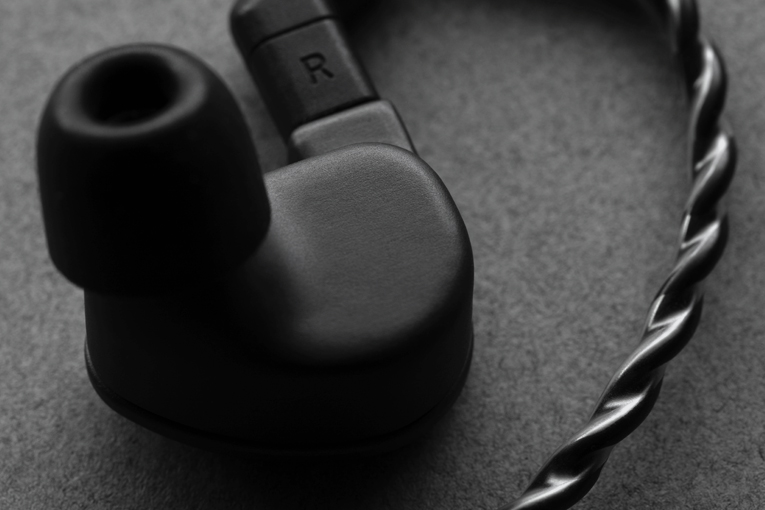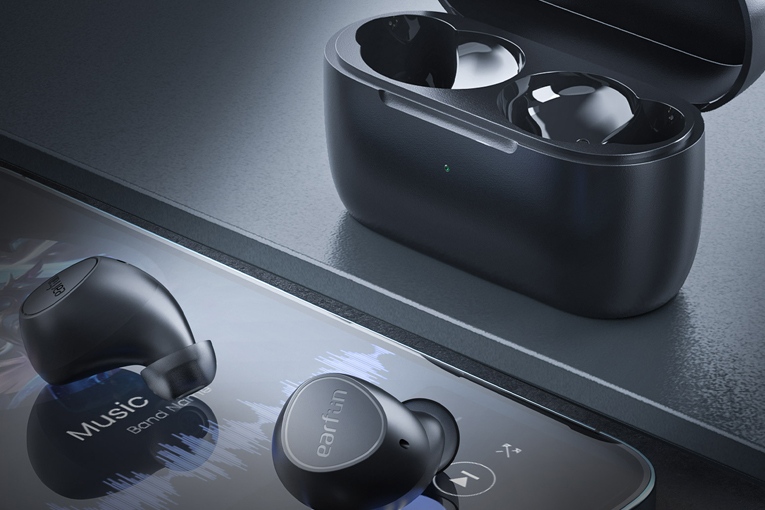Earphones

- Details
- Written by: Brent Butterworth
Sound: 









Value: 









(Read about our ratings)
Measurements can be found by clicking this link.
Reviewing the Campfire Audio Satsuma earphones—essentially a new version of the beloved Campfire Comets—gives me a great chance to indulge in a more technical discussion of balanced armatures. Like the Comets, the Satsumas ($199, all prices USD) are basic passive earphones with a single balanced-armature driver per earpiece. Although balanced armatures are sometimes considered to be a magic prescription for high-end sound, it’s much more complicated than that, as I found in my recent interview with engineers from Knowles Electronics.

- Details
- Written by: Brent Butterworth
Sound: 









Value: 









(Read about our ratings)
Measurements can be found by clicking this link.
Sometimes we can judge headphones by their brand name. I kind of know what to expect from HiFiMan and Focal, for example. But what should we expect from Sony? The company has created some of the world’s most respected headphones, but it has also created some of the world’s least respected headphones. When I encountered the WF-1000XM4 earphones ($279.99, all prices USD), I figured the noise canceling would be pretty solid—Sony and Bose have been the leaders there for years—but I had no idea what they might sound like.

- Details
- Written by: Brent Butterworth
Sound: 









Value: 









(Read about our ratings)
Measurements can be found by clicking this link.
 The 64 Audio U6t earphones really put today’s high-end audio scene in perspective—the company bills them as a “cost-effective” option, yet they’re priced at $1299 (all prices USD). Granted, these are complex earphones, with six balanced-armature drivers per earpiece, set into machined-aluminum chassis, but still, most people would be amazed if you told them you spent $1300 on earphones.
The 64 Audio U6t earphones really put today’s high-end audio scene in perspective—the company bills them as a “cost-effective” option, yet they’re priced at $1299 (all prices USD). Granted, these are complex earphones, with six balanced-armature drivers per earpiece, set into machined-aluminum chassis, but still, most people would be amazed if you told them you spent $1300 on earphones.

- Details
- Written by: Brent Butterworth
Sound: 









Value: 









(Read about our ratings)
Measurements can be found by clicking this link.
I have long admired Bowers & Wilkins’ enthusiastic embrace of the new. The company is one of the best-known in high-end audio, and could easily keep its focus on ultra-expensive speakers. Instead, the company has usually been quick to embrace the latest trends—it was among the first to build such items as THX-certified home-theater systems, high-quality in-wall speakers, and iPod speaker docks. And in a field where innovation often inspires derision rather than praise, embracing the new takes a lot of guts. So while I’m a little surprised that Bowers & Wilkins is just now launching the P17 and P15 ($399 and $249 USD, respectively), its first true wireless earphones, about six years after the type debuted, I’d guess the company didn’t think the technology was ready yet.

- Details
- Written by: Brent Butterworth
Sound: 









Value: 









(Read about our ratings)
Measurements can be found by clicking this link.
In my monthly column here on SoundStage! Solo, I’ve often hounded headphone companies to do something more creative than crank out yet another set of cookie-cutter cans that work perfectly fine but don’t deliver a real advance in sound quality, functionality, or convenience. For those manufacturers who might demand, “OK, give me an example,” I can point to the ISOtunes Free true wireless earphones ($109.99 USD). They were created by a company whose mission is to make “hearing protectors that don’t look or feel like hearing protectors.”

- Details
- Written by: Brent Butterworth
Sound: 









Value: 









(Read about our ratings)
Measurements can be found by clicking this link.
 Back in 2019, I found something I’d been awaiting for years: the EarFun Free earphones, the first set of cheap true wireless earphones I really enjoyed. I ended up liking these $49.99 USD in-ears better than many $200 or $300 models I’d tested, because they had a natural-sounding tonal balance and a comfortable design. Now EarFun has introduced a new and supposedly improved version, the EarFun Free 2 earphones, at the same list price—but this model appears to be a completely new product.
Back in 2019, I found something I’d been awaiting for years: the EarFun Free earphones, the first set of cheap true wireless earphones I really enjoyed. I ended up liking these $49.99 USD in-ears better than many $200 or $300 models I’d tested, because they had a natural-sounding tonal balance and a comfortable design. Now EarFun has introduced a new and supposedly improved version, the EarFun Free 2 earphones, at the same list price—but this model appears to be a completely new product.
- KEF Mu3 True Wireless Earphones
- 64 Audio Nio Earphones
- Sennheiser IE 300 Earphones
- Status Audio Between Pro True Wireless Earphones
- Audeze Euclid Earphones
- Grado GT220 True Wireless Earphones
- Shure Aonic 5 Earphones
- Technics EAH-TZ700 Earphones
- Technics EAH-AZ70W True Wireless Earphones
- EarFun Air True Wireless Earphones
- EarSonics Stark Earphones
- EarSonics Purple Earphones
- Edifier TWS6 True Wireless Earphones
- JVC HA-FW01 Earphones
- oBravo Cupid Earphones
- Atlantic Technology FS-HAL1 Earphones
- Meze Audio Rai Penta Earphones
- Soundcore Liberty 2 Pro True Wireless Earphones
- EarFun Free True Wireless Earphones
- Simgot EK3 Earphones
- Ausounds AU-Flex ANC Bluetooth Earphones
- MEE Audio MX4 Pro Earphones
- HiFiMan TWS600 True Wireless Earphones
- Periodic Audio Carbon Earphones
- Campfire Audio IO Earphones
- Cambridge Audio Melomania 1 True Wireless Earphones
- Simgot EN700 Pro Earphones
- 1More E1026BT-I Stylish True Wireless Earphones
- Sennheiser Momentum True Wireless Earphones
- Akoustyx R-220 Earphones
- Campfire Audio Solaris Earphones
- Acoustic Research AR-E010 Earphones
- Fidue A85 Virgo Earphones
- PSB M4U TW1 Bluetooth Earphones
- Sennheiser HD 1 Free Bluetooth Earphones
- Campfire Audio Comet Earphones
- Massdrop x NuForce EDC3 Earphones
- Monoprice Monolith M300 Earphones
- Brainwavz B200 Earphones
- 1More Quad Driver Earphones
- Audeze iSine10 Earphones
- Audiofly AF1120 Earphones
- Optoma NuForce HEM8 Earphones
- Focal Sphear Earphones
- Klipsch Reference X20i Earphones
- RBH Sound EP3 Earphones
- PSB M4U 4 Earphones
- Phiaton MS 100 BA Earphones
- Marshall Headphones Mode EQ Earphones
SoundStage! Solo is part of
All contents available on this website are copyrighted by SoundStage!® and Schneider Publishing Inc., unless otherwise noted. All rights reserved.
This site was designed by Karen Fanas and the SoundStage! team.
To contact us, please e-mail info@soundstagenetwork.com





